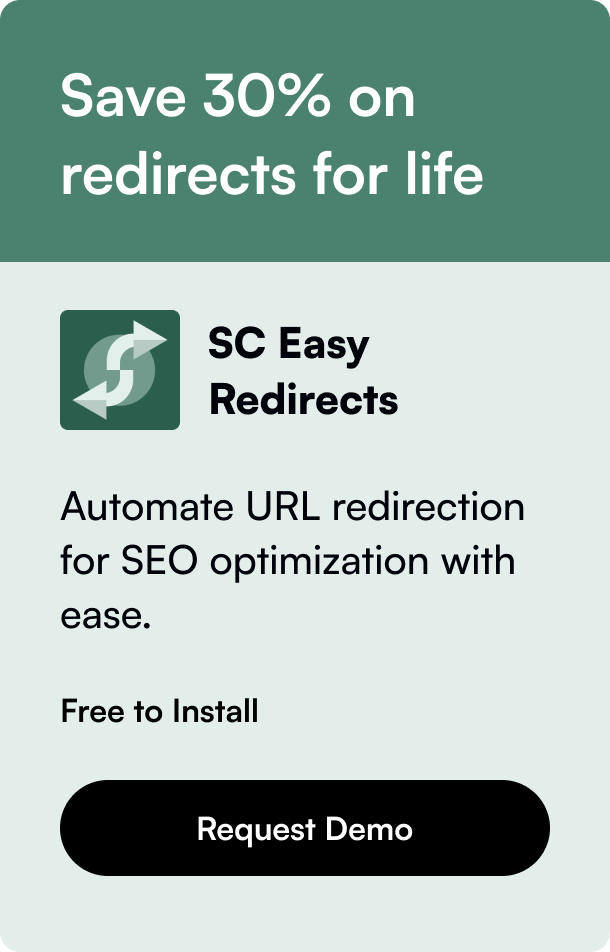Table of Contents
- Introduction
- Understanding Shopify and Its Plugin Ecosystem
- Planning Your Shopify Plugin
- Building Your Shopify Plugin
- Post-Launch: Monitoring and Updating Your Plugin
- FAQs
- Conclusion
Introduction
In today's digital age, e-commerce platforms, such as Shopify, are thriving, with millions of merchants globally utilizing these platforms to sell their products and services. Among the key factors contributing to Shopify's success are plugins (also known as apps within the Shopify ecosystem), which enhance stores' functionality, improve user experiences, and ultimately drive sales. If you are a developer or someone interested in venturing into Shopify plugin development, you might wonder, "Can I make a Shopify app?" The answer is a resounding yes! In this guide, we’ll take you through the process of building a Shopify plugin, step by step. By the end, you will not only understand the process but also be equipped with the knowledge to kickstart your own Shopify plugin development journey. Keep reading to discover how you can transform your plugin ideas into reality.
Understanding Shopify and Its Plugin Ecosystem
Before diving into plugin development, it's crucial to understand Shopify's ecosystem and how plugins fit into it. Shopify is designed to be a comprehensive e-commerce solution right out of the box. However, no two merchants are the same, and this is where plugins come into play. Plugins are web applications that extend Shopify stores' functionality, allowing merchants to customize their shops to meet specific needs. From improving SEO to streamlining order processing, the possibilities are vast and varied.
Planning Your Shopify Plugin
The first step towards building a Shopify plugin is planning. This involves several key phases:
Identifying a Niche
Research to identify gaps in the current Shopify App Store or specific merchant pain points that aren't adequately addressed. This could involve forums, surveys, or analyzing competitor plugins.
Validating Your Plugin Idea
Once you've pinpointed a potential niche, validation is crucial. This means ensuring there's a real demand for your plugin idea. Engage with potential users through surveys or interviews and validate your assumptions.
Detailing Your Plugin
With a validated idea, it's time to detail what your plugin will do. Think about its core features, how it will integrate with Shopify, and the user experience you aim to provide.
Building Your Shopify Plugin
With a solid plan in place, you’re ready to start building. Here's a step-by-step breakdown:
Environment Setup
Begin by setting up your development environment. This includes creating a Shopify Partner account, generating API credentials, and setting up a development store for testing your plugin.
Developing the Plugin
Development involves coding your plugin according to Shopify's standards, using languages like JavaScript, Liquid, and frameworks such as Ruby on Rails. You'll be interacting with the Shopify Admin API to create functionalities that integrate seamlessly with Shopify stores.
Testing Your Plugin
Thorough testing is vital. You want to ensure your plugin functions correctly across different stores and scenarios. Testing involves checking for bugs, verifying compatibility with various themes, and ensuring a seamless merchant and customer experience.
Publishing and Marketing Your Plugin
Once your plugin is ready and thoroughly tested, submit it to the Shopify App Store for review. Upon approval, focus on marketing your plugin to reach potential users. This can include SEO optimization for your listing, content marketing, social media promotion, and leveraging Shopify's ecosystem for visibility.
Post-Launch: Monitoring and Updating Your Plugin
The work doesn't end post-launch. Monitoring your plugin's performance and gathering user feedback are crucial for continuous improvement. Be prepared to release updates to add features, fix bugs, or address user requests.
FAQs
Can non-developers create Shopify plugins?
While having coding knowledge is advantageous, non-developers can utilize platforms like Bubble to create simpler Shopify plugins. Tools like Shopify CLI also make the process more accessible by streamlining development tasks.
How much does it cost to develop a Shopify plugin?
Development costs can vary widely depending on the complexity of the plugin, the development tools used, and whether you’re coding it yourself or hiring a developer.
How long does it take to develop a Shopify plugin?
The development timeline can range from a few weeks to several months, based on the plugin's complexity and the development team's size and experience.
How can I ensure my Shopify plugin stands out in the crowded Shopify App Store?
Focus on solving a unique merchant problem, ensuring a seamless user experience, and investing in marketing efforts. Collecting and showcasing positive user testimonials can also significantly impact your plugin's visibility and adoption.
Conclusion
Building a Shopify plugin can be a rewarding venture, offering immense value to the Shopify community while also unlocking potential revenue opportunities for developers. By following this comprehensive guide and harnessing the power of Shopify's extensive ecosystem, you’ll be well on your way to creating a successful Shopify plugin that merchants love. Remember, the key to a successful Shopify plugin lies in identifying a genuine need, developing a solid solution, and continuously iterating based on user feedback. Happy coding!








